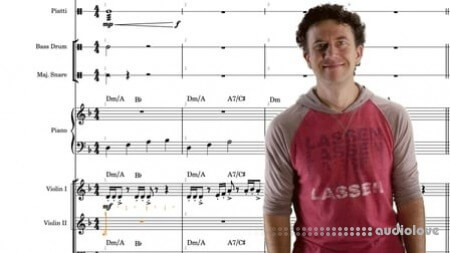Music Protest Build Your First Expression Map in Dorico for Realistic Playback

Unlock realistic, expressive playback from your orchestral scores in Dorico by building your first working expression map—step by step. In this class, you’ll learn how to connect the articulations in your score to the correct sample triggers in your virtual instruments, no scripting required. Whether you’re using Spitfire, SINE, VSL, or HALion, this class will give you the foundational skills to take control of playback.
What You Will Learn
Understand what expression maps are and how they work in Dorico
Set up custom playing techniques in your score
Combine techniques using base and add-on switches
Use Dorico’s Playback Technique Editor effectively
Test and troubleshoot your map using the Audition feature
Save, export, and reuse your expression maps in future projects
Why You Should Take This Class
Expression maps are the missing link between your written articulations and the sounds your virtual instruments actually produce. Without them, your mockups fall flat—no matter how good your libraries are. This class gives you a practical, repeatable process to build, verify, and deploy expression maps with confidence.
I’ve designed this class to be straightforward and actionable, drawing from years of real-world composing and playback troubleshooting. The expression map you build in this class won’t just be an exercise—it’ll be something you’ll actually use in your own music.
Who This Class is For
This class is for composers, orchestrators, and music creators who use Dorico and want more expressive, professional playback from their sample libraries. No prior experience with expression maps is needed, but you should be familiar with the basics of using Dorico.
To follow along, you’ll need:
Dorico Pro
A virtual instrument that uses keyswitches, CCs, or channels for articulation switching (e.g., Spitfire, VSL, SINE Player, HALion)
A score excerpt or mockup project to test with
Home page
DOWNLOAD
